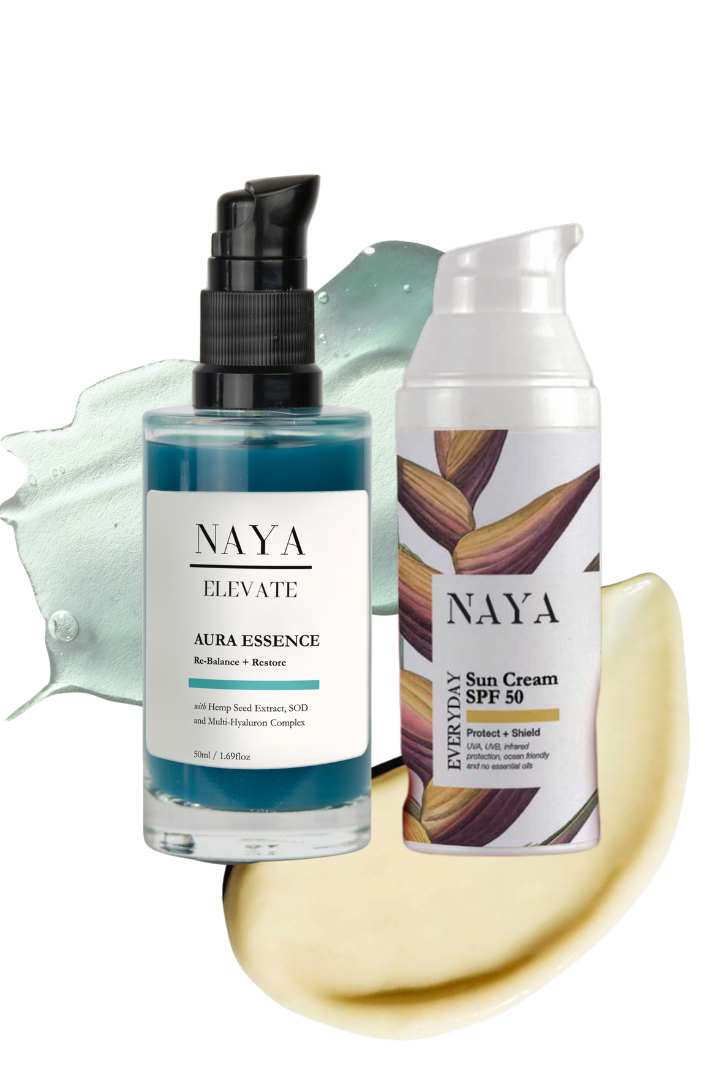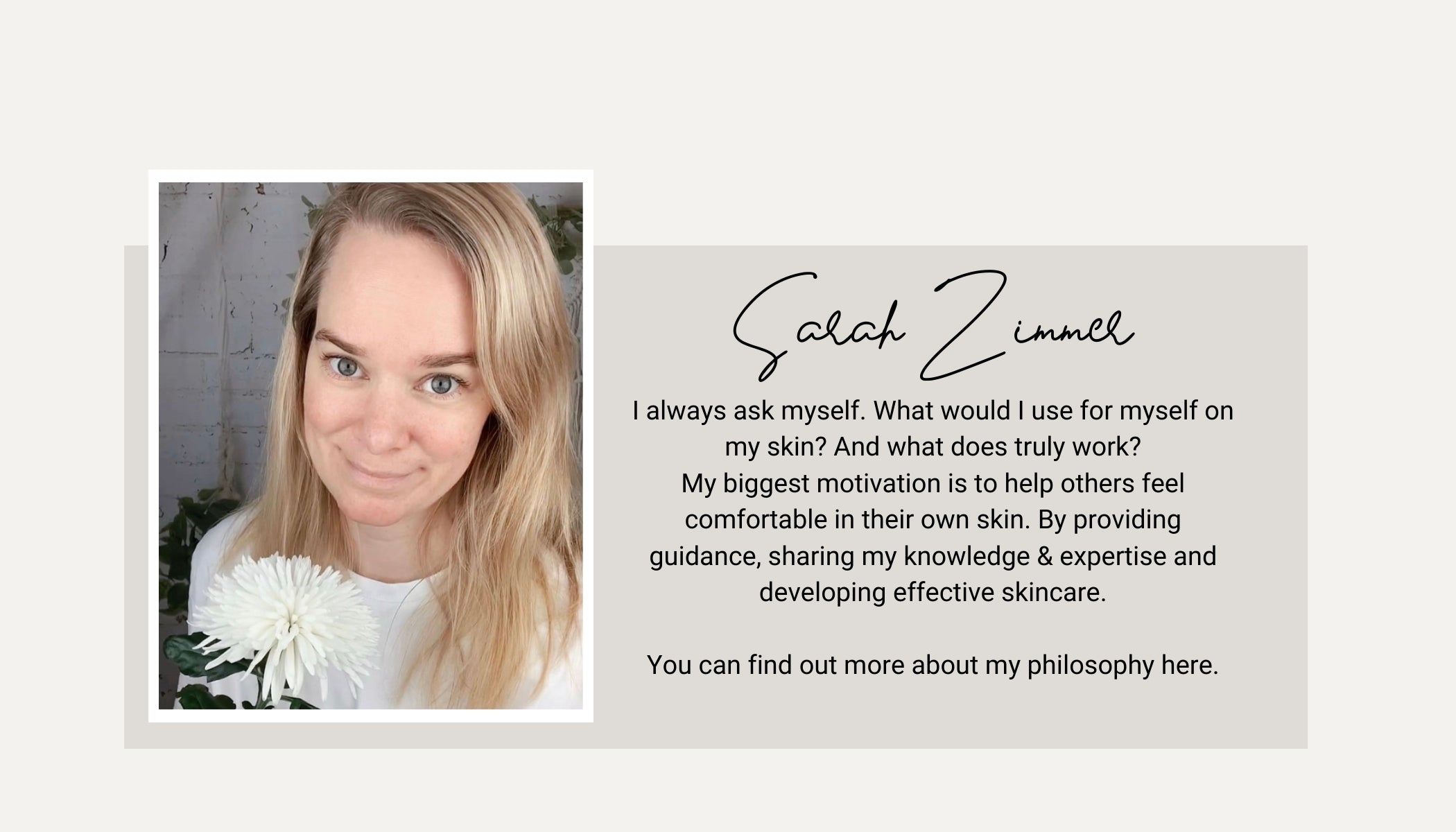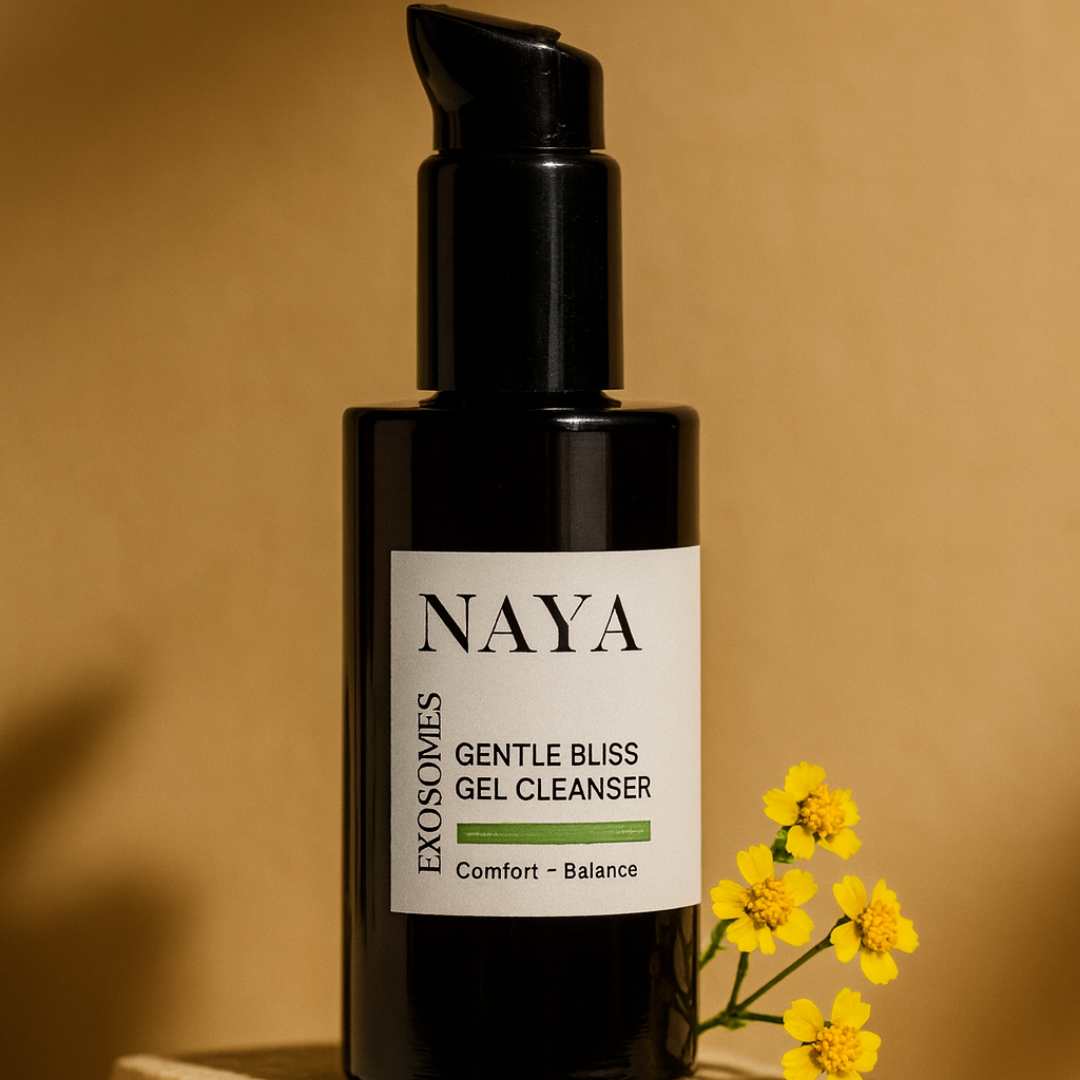Does my sunscreen deplete me of Vitamin D?
SUN PROTECTION AND VITAMIN D DEFICIENCY
Vitamin D plays a crucial role in maintaining optimal health, and one of the primary sources of this nutrient for humans is through exposure to UVB radiation from the sun. However, it's important to note that UV radiation also contributes to skin cancer and premature aging of the skin. As a result, finding the right balance between obtaining vitamin D and protecting oneself from UV damage becomes a crucial consideration. Despite being a highly controversial topic with limited clear guidelines, this article aims to provide the best possible insights. We will delve into the following aspects throughout the discussion.
WHAT IS VITAMIN D?
Vitamin D is a vital nutrient with a wide range of potential roles in the body. Its most well-known function is maintaining calcium levels and promoting bone health to prevent conditions like osteoporosis and weakened bones. However, it is also believed to play a part in various other processes, including cancer prevention, heart disease management, metabolic syndrome, and obesity control.
The production of vitamin D occurs naturally in the skin when exposed to UVB radiation. Specifically, UVB radiation within the wavelengths of 270-300 nm stimulates the synthesis of vitamin D, with the peak production occurring at around 295-297 nm. The amount of vitamin D generated is influenced by factors such as geographical location (latitude), season, time of day, skin color, and regular physical activity, which aids in vitamin D synthesis.
Although there are a few food sources that provide vitamin D, such as mushrooms, fatty fish, liver, cheese, and specially fortified foods, these contribute to no more than 10% of the average adult's vitamin D requirements. Therefore, vitamin D supplements are available as an alternative option.
Statistics indicate that approximately 23% of Australian adults and 32% of US adults are deficient in vitamin D, highlighting the prevalence of this deficiency in these populations.
DOES SUNSCREEN AFFECT VITAMIN D?
Since sunscreen reduces the amount of UVB reaching your skin, it seems logical that sunscreen would decrease vitamin D production, but a 2009 study found that it has little effect. The reason seems to be that most people don’t apply sunscreen sufficiently, and even if you think you do, the spots that you miss (scalp, between fingers etc.) get enough UV for adequate vitamin D levels.
HOW SHOULD I GET THE RIGHT AMOUNT OF SUN?
A practical approach to consider various factors affecting vitamin D production is by comparing the required UV exposure to the minimum amount of UV that can cause sunburn, known as the minimal erythemal dose (MED). Research suggests that exposing 25% of the body to half the MED 2-3 times per week is sufficient for adequate vitamin D synthesis. It's worth noting that the body can rely on stored vitamin D in tissues for 1-2 months, which means year-round exposure may not be necessary.
In the United States, specific guidelines for safe sun exposure are not yet widely established. However, some researchers propose spending 15 minutes in the sun with the face, arms, and legs exposed 2-3 times per week between 11 am and 3 pm from May to October. This recommendation is applicable to individuals with Fitzpatrick II skin type, with shorter exposure times if more skin is exposed and longer exposure times for individuals with darker skin tones.
The Australian and New Zealand Bone and Mineral Society, along with the Australasian College of Dermatologists, Cancer Council Australia, Endocrine Society of Australia, and Osteoporosis Australia, have jointly released a set of guidelines in January 2016 for Australians:
- When the UV index reaches 3 or higher during midday, it is advisable to take sun protection measures when spending more than a few minutes outdoors. However, despite practicing sun protection, most Australian adults can still achieve adequate vitamin D levels through incidental exposure during regular outdoor activities.
- During late autumn and winter when the UV index falls below 3, sun protection is not necessary. It is recommended for individuals to spend time outdoors in the middle of the day with some skin exposed on most days of the week.
For people in the UK, due to the high cloud cover and low UVB, the NHS recommends that almost everyone should consider taking a daily vitamin D supplement in winter.
THINGS TO KEEP IN MIND
Sun exposure isn’t just UVB exposure. The sun also produces damaging UVA, which has no known health benefits, as well as IR and visible light. UVB is highest around noon while UVA levels stay relatively consistent throughout the day, so in terms of cost/benefit, this is the best time to get maximum vitamin D production while limiting exposure to the other harmful radiation types.
Only short, non-burning exposures are required for vitamin D production. Longer sun exposure increases your risk of melanoma and other skin cancers, particularly if you end up sunburnt.
UVB doesn’t pass through glass, so sunlight through a closed window won’t help your vitamin D levels but will increase UVA damage.
Tanning beds produce far more UVA (which causes tanning) than UVB, so they are much riskier than regular sunlight.
You should still wear sunscreen.
Please note, this is no medical advice or replaces the advice from your doctor. Best to seek advice if you want guidance in terms of your Vitamin D levels.
IN CONCLUSION
- Short periods of sun exposure in the middle of the day will provide you with adequate vitamin D while minimising your risk of skin cancer and photoaging.
- Continue avoiding sunburn and UVA.
- Sunscreen is unlikely to make you significantly more vitamin D deficient than you already are.












Leave a comment